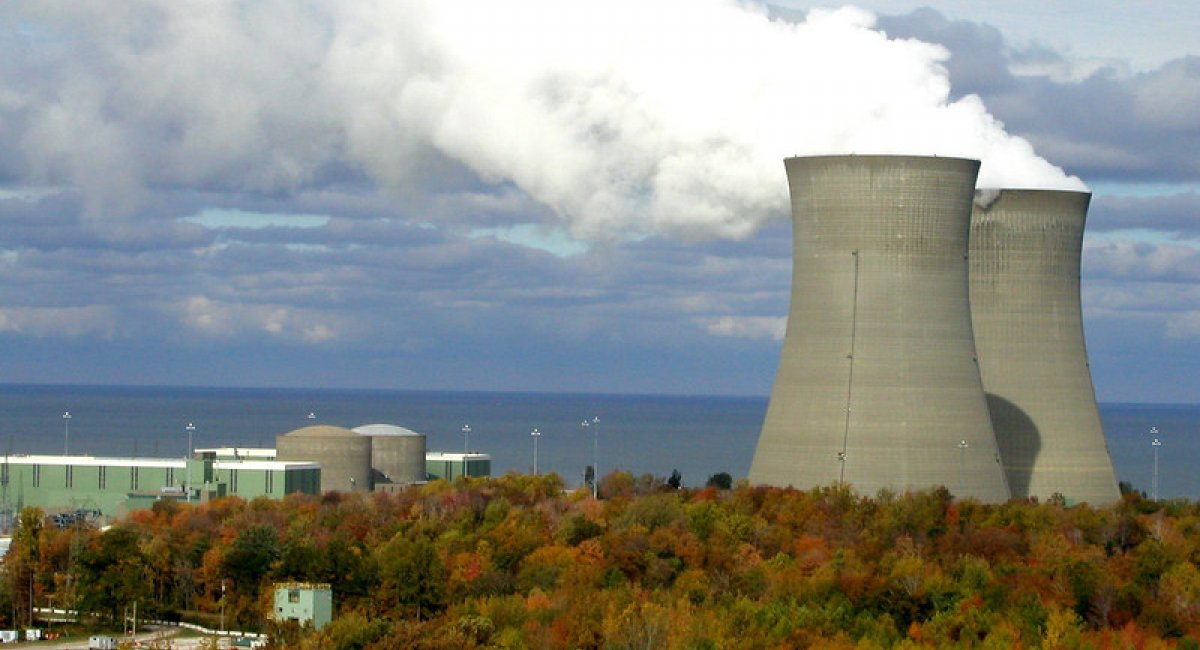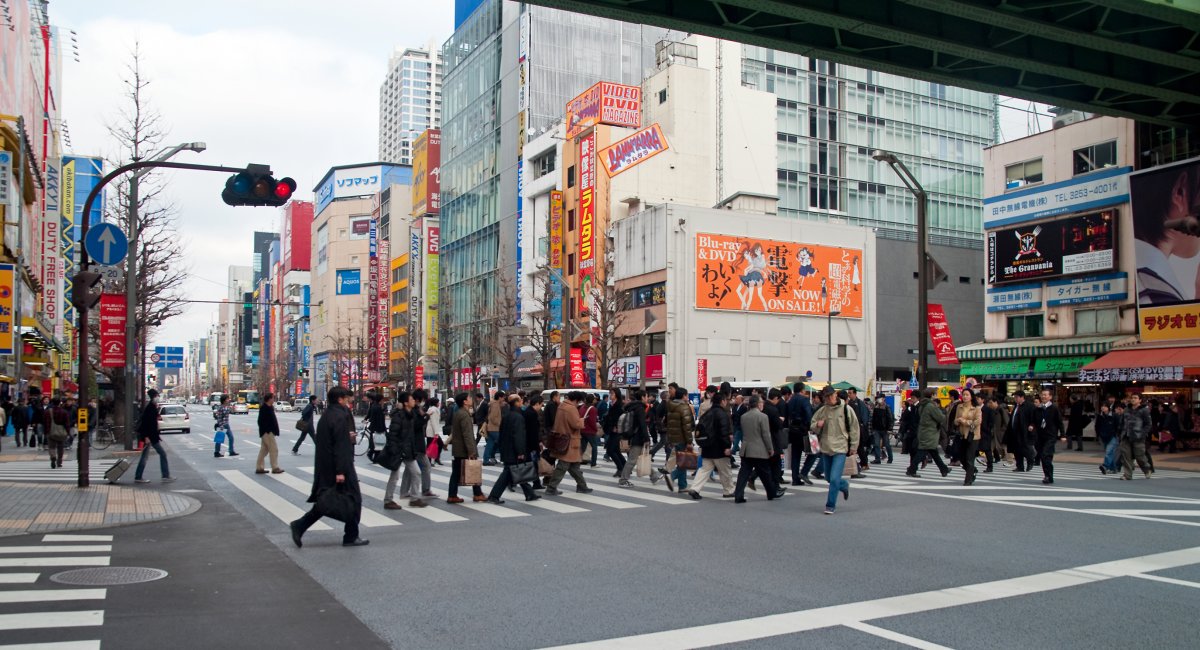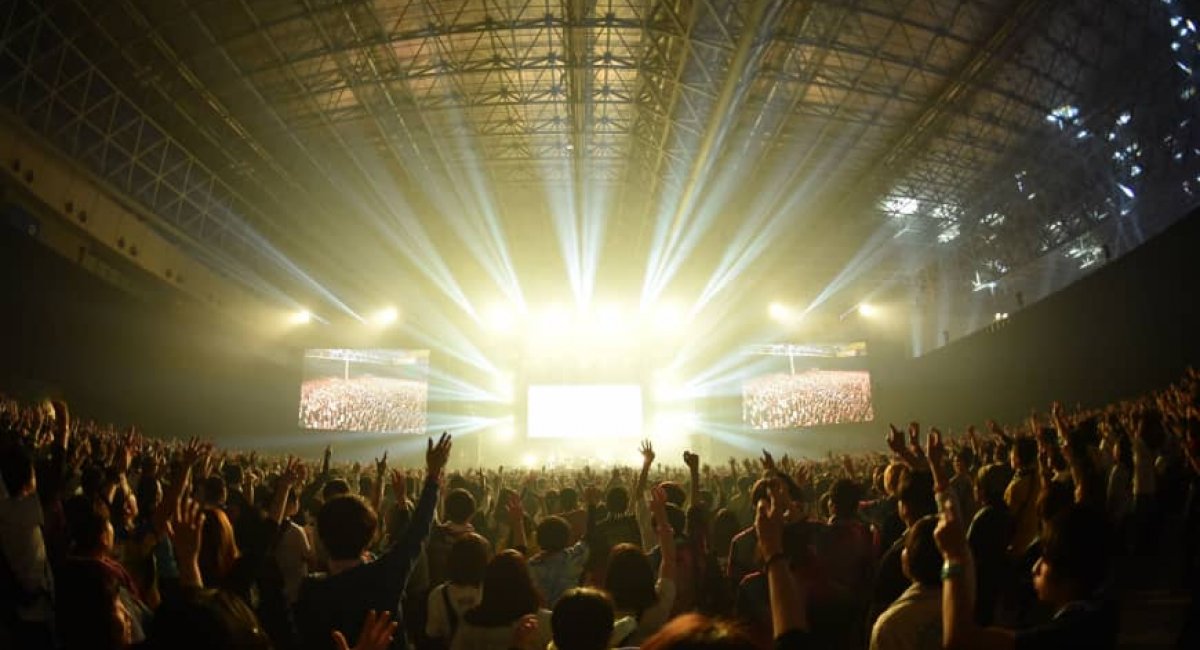
According to The Japan Times, the tragic events of March 11, 2011, when a massive earthquake and tsunami triggered meltdowns at three nuclear reactors in Fukushima, forced Japan to reconsider nuclear energy. Today, 24 of Japan’s 33 reactors remain offline.
After the disaster, the government increased its push toward renewable energy, but it also invested heavily in coal projects. The dirty fuel was seen as the fastest, cheapest and most reliable way to keep the lights on.
A return to coal has left Japan with only modest long-term climate goals. Electricity generation is now responsible for almost 40 percent of the country’s emissions, and Japan aims to cut total emissions 26 percent by 2030 from 2013 levels.
Renewable energy from wind, solar and hydro is projected to make up less than a quarter of total electricity by 2030, far below the global average. Roughly the same amount is projected to come from zero-emission nuclear sources, but only if the government turns on additional reactors. Even under optimistic scenarios for the next decade, more than half of electricity will come from coal, natural gas and other fossil fuels.






